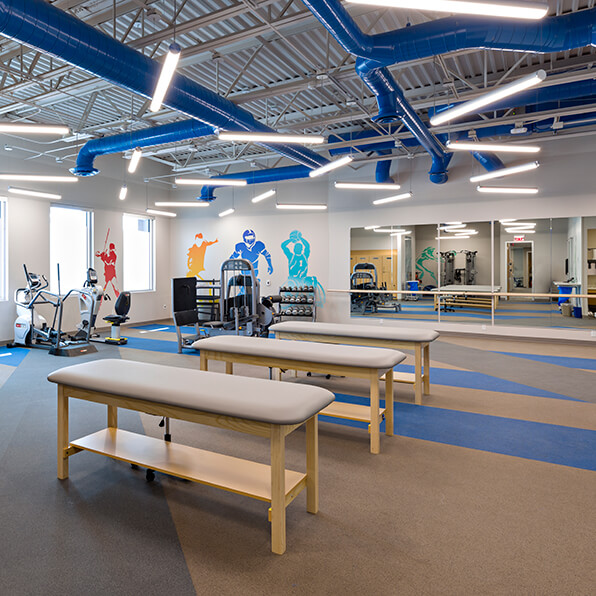A meniscus tear can occur suddenly when turning or bending the knee deeply. In this situation, the patient may feel a pop or tearing sensation accompanied by a sharp stabbing pain on the inside or outside of the knee. This is usually followed by swelling of the knee and is aggravated by walking, standing, rising from a chair, or climbing stairs. Alternatively the meniscus can also slowly lose its elasticity (cushioning function) over time and result in gradually worsening pain.
A meniscus injury is characterized by:
- Pain and tenderness. Each knee has a meniscus on the inside and the outside at the level of the joint line, and this is where the pain typically occurs. The meniscus tear can also cause pain more deeply in the center or back of the knee.
- Locking. If a piece of the torn meniscus gets stuck between the moving parts of the knee, the knee can “lock up” and not move properly. This is typically a very sudden phenomenon that occurs and may quick resolve or persist.
- Instability. Because the meniscus contributes to the stability of the knee, a tear in the meniscus can give a sense that the knee is unstable or slipping around. This can be very problematic when walking and turning.
- Swelling. Damage to the meniscus can irritate the knee causing inflammation and swelling.


